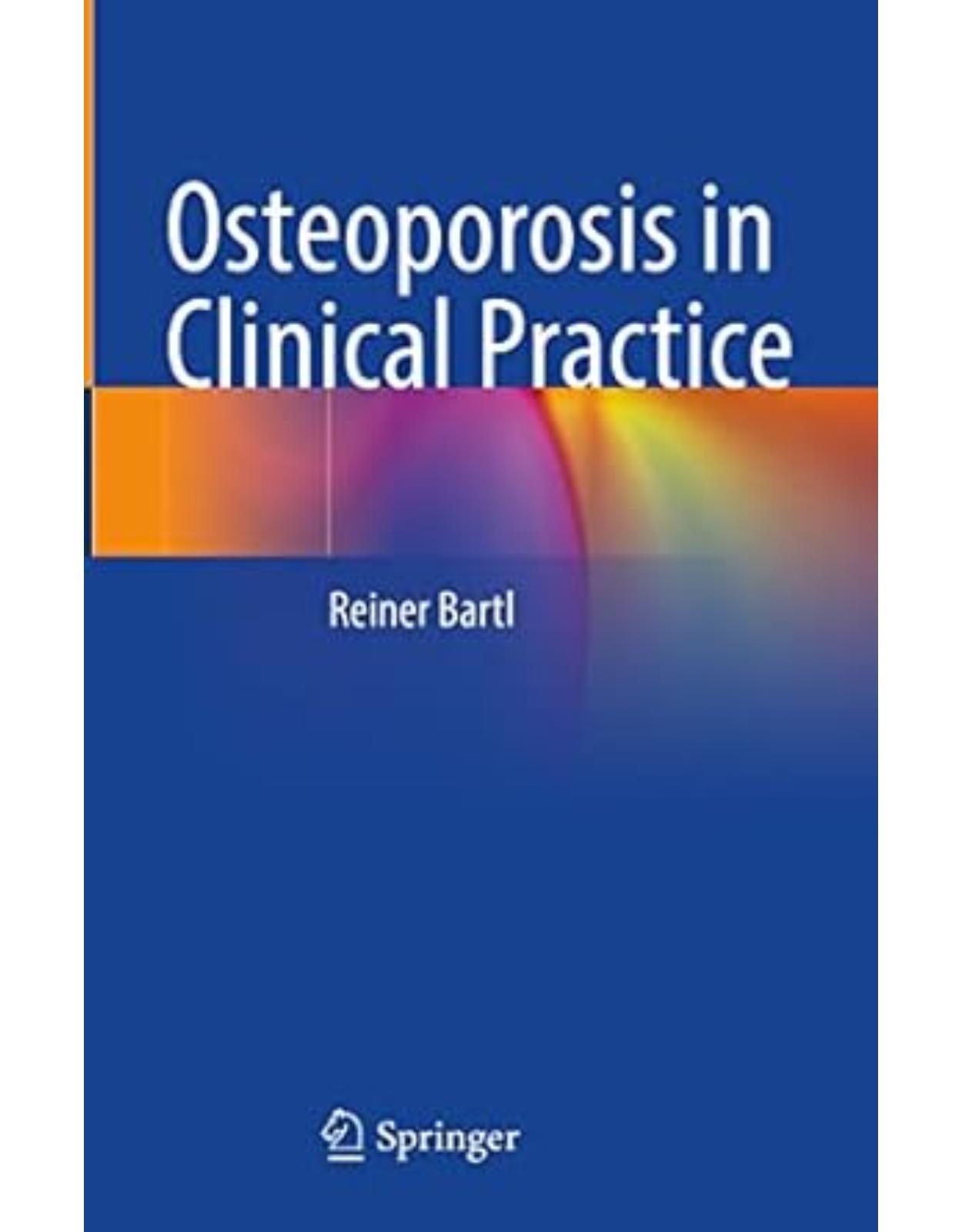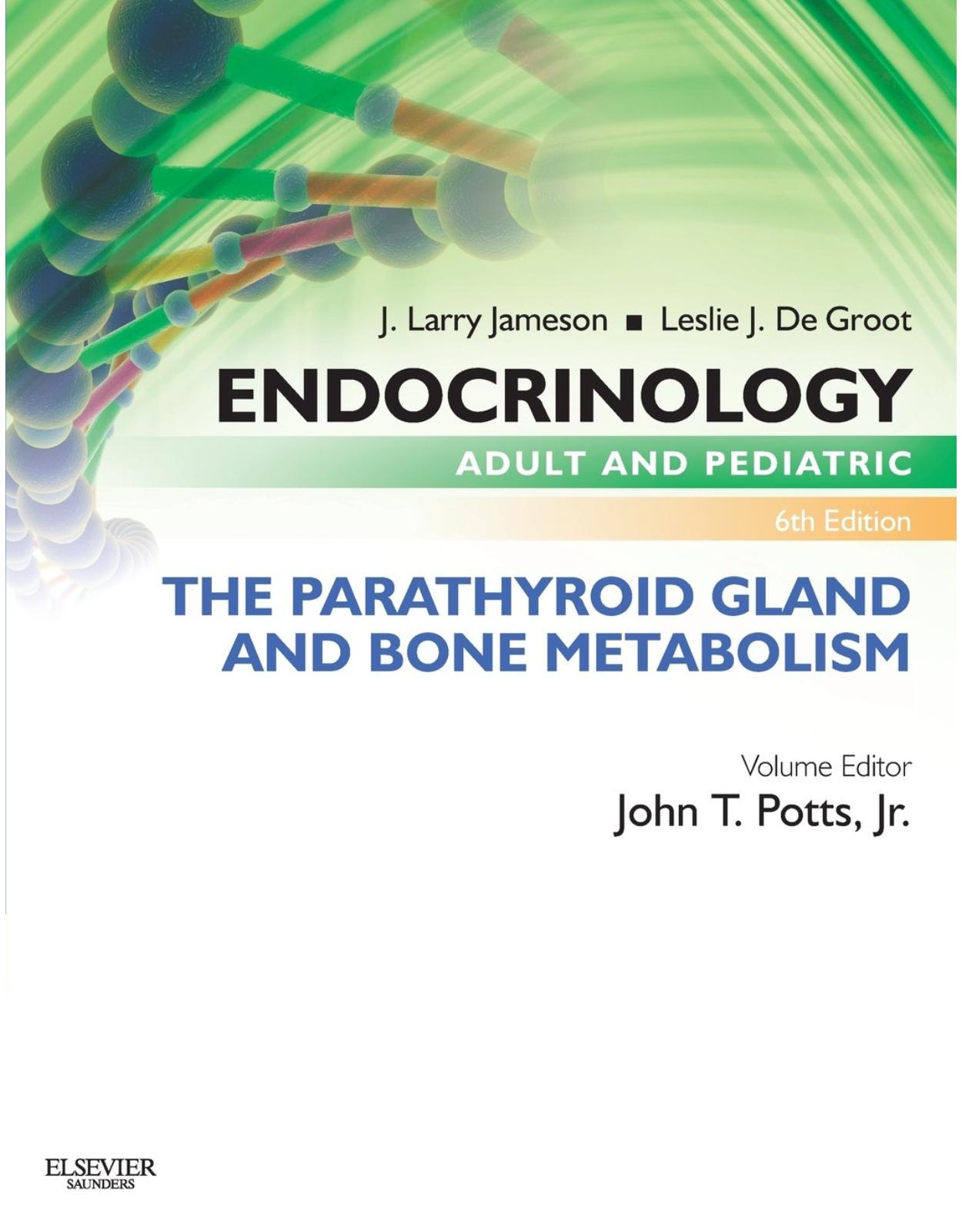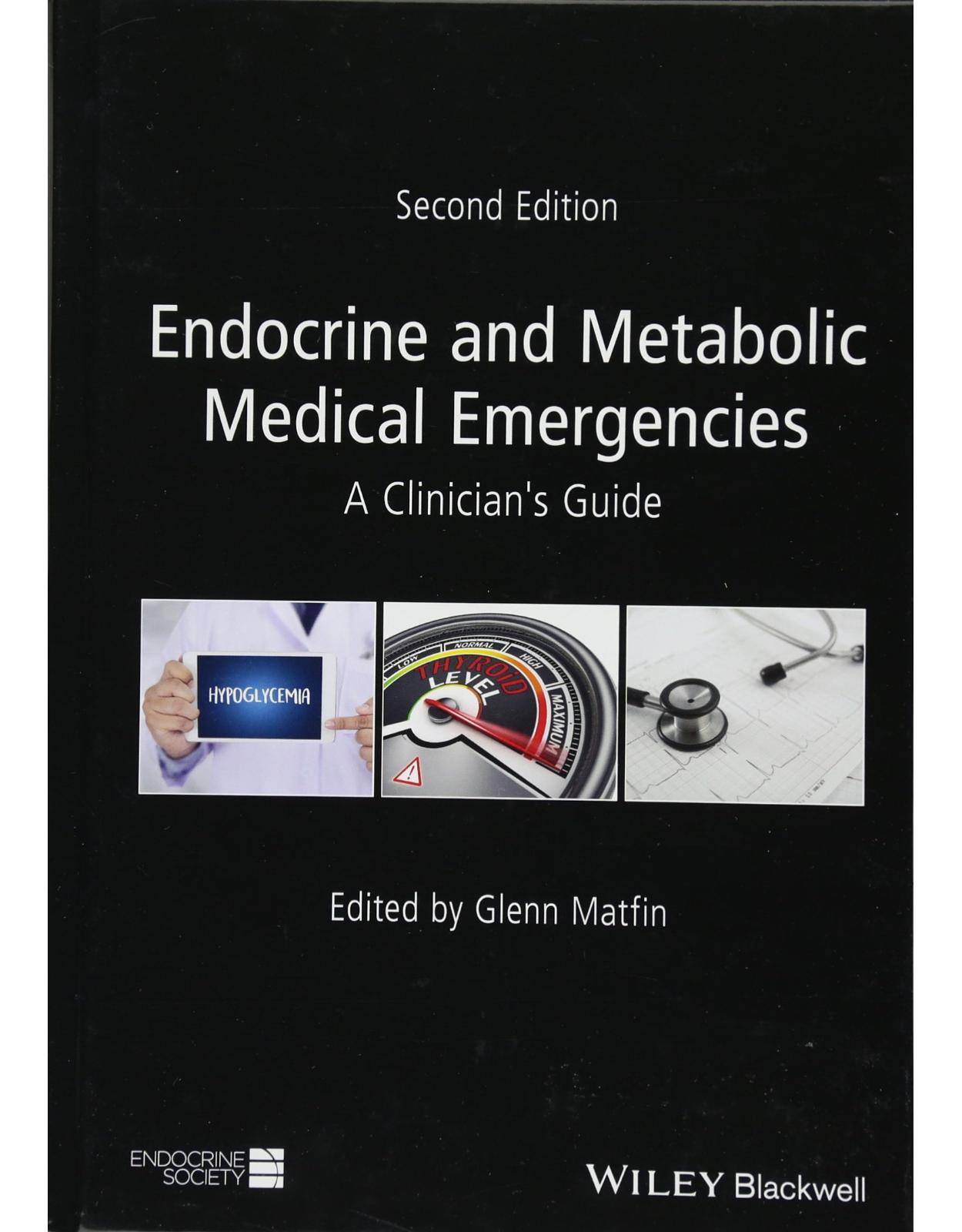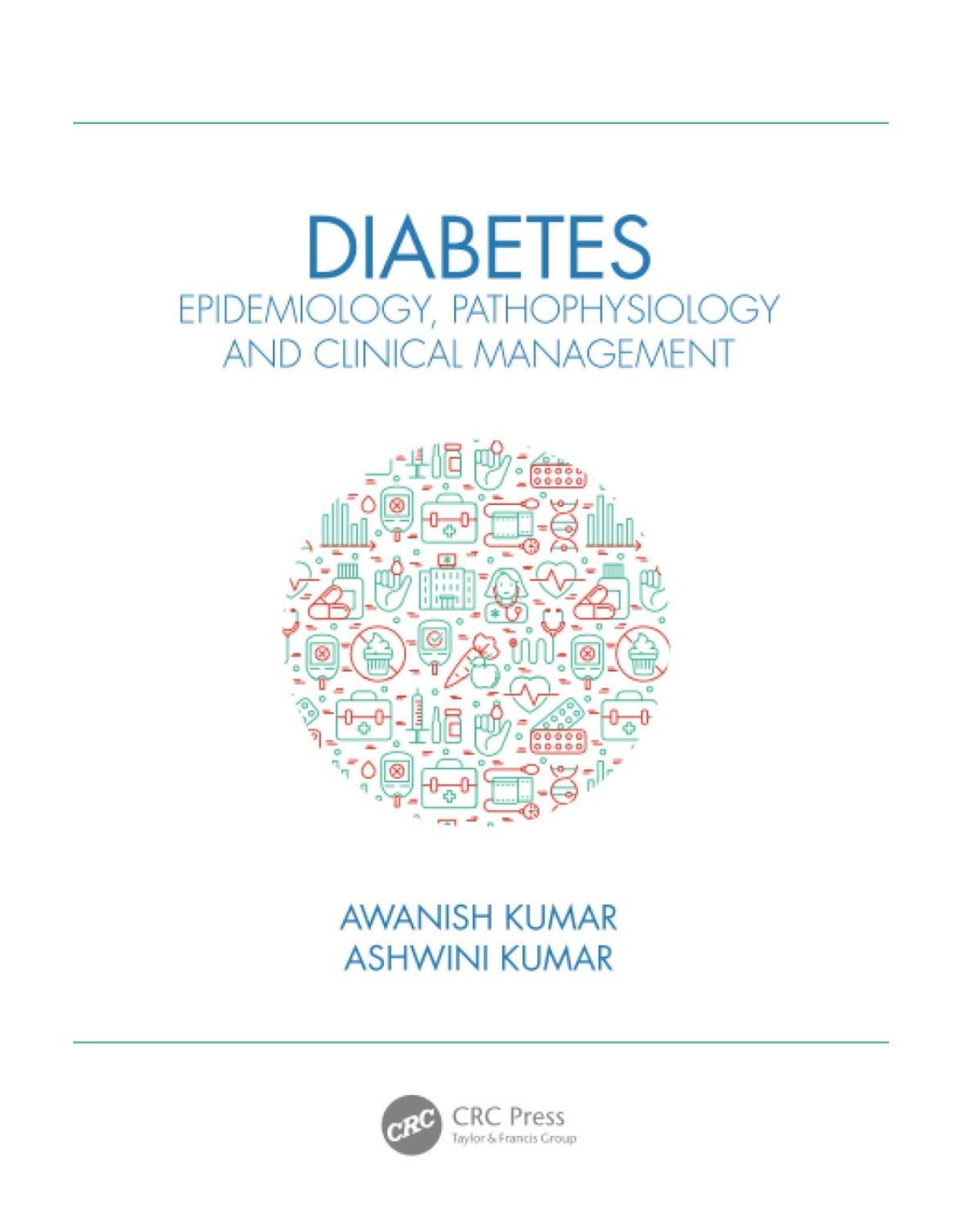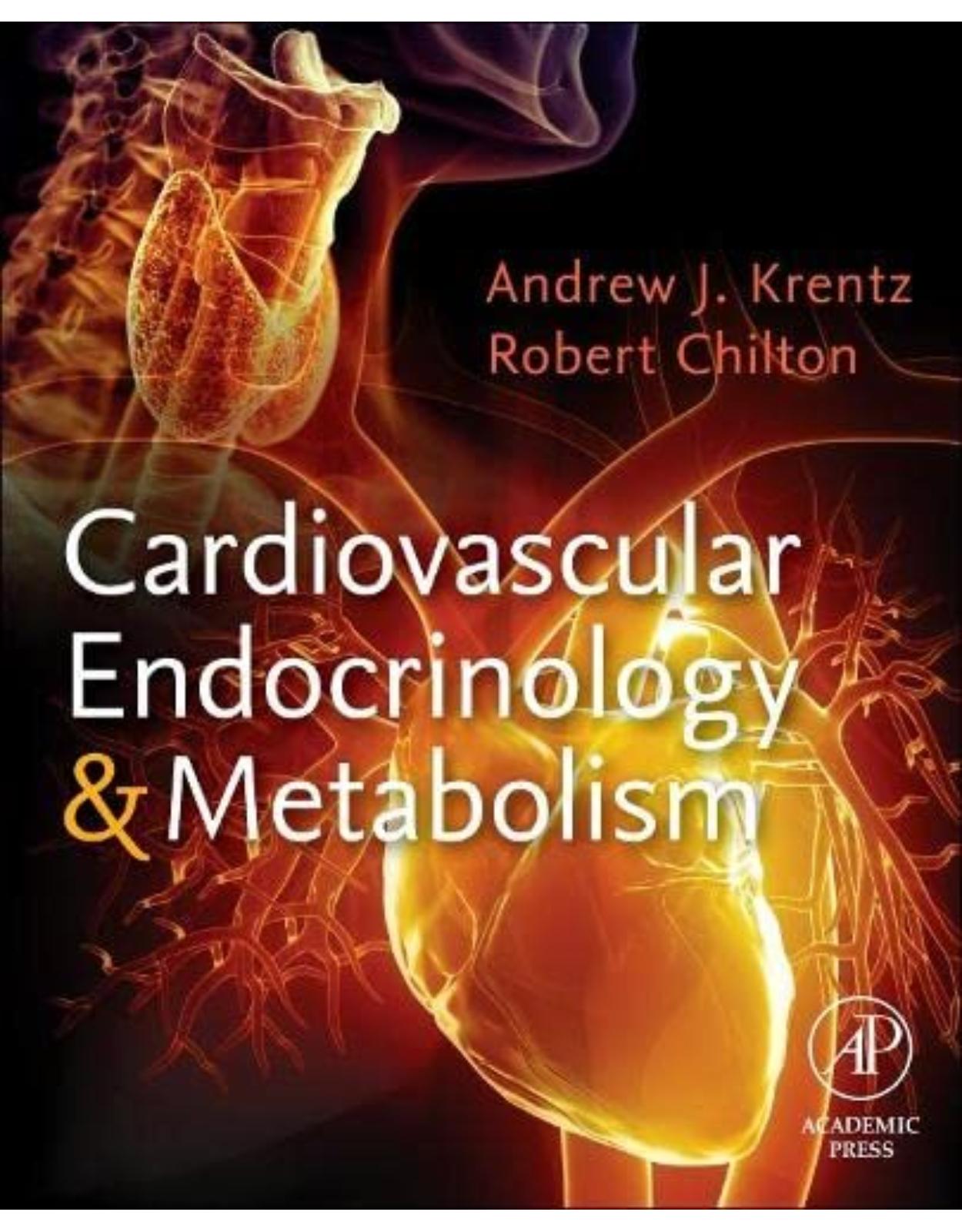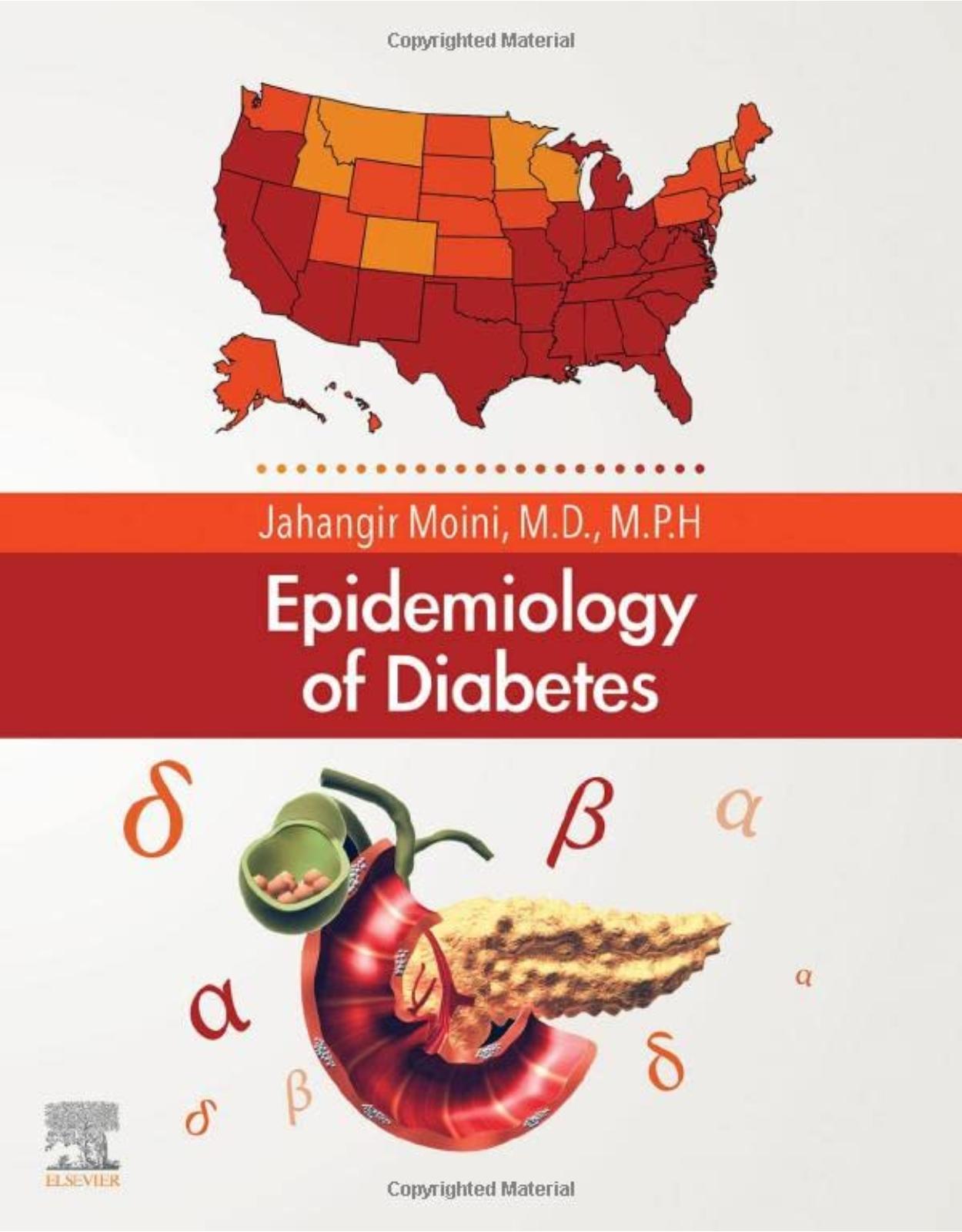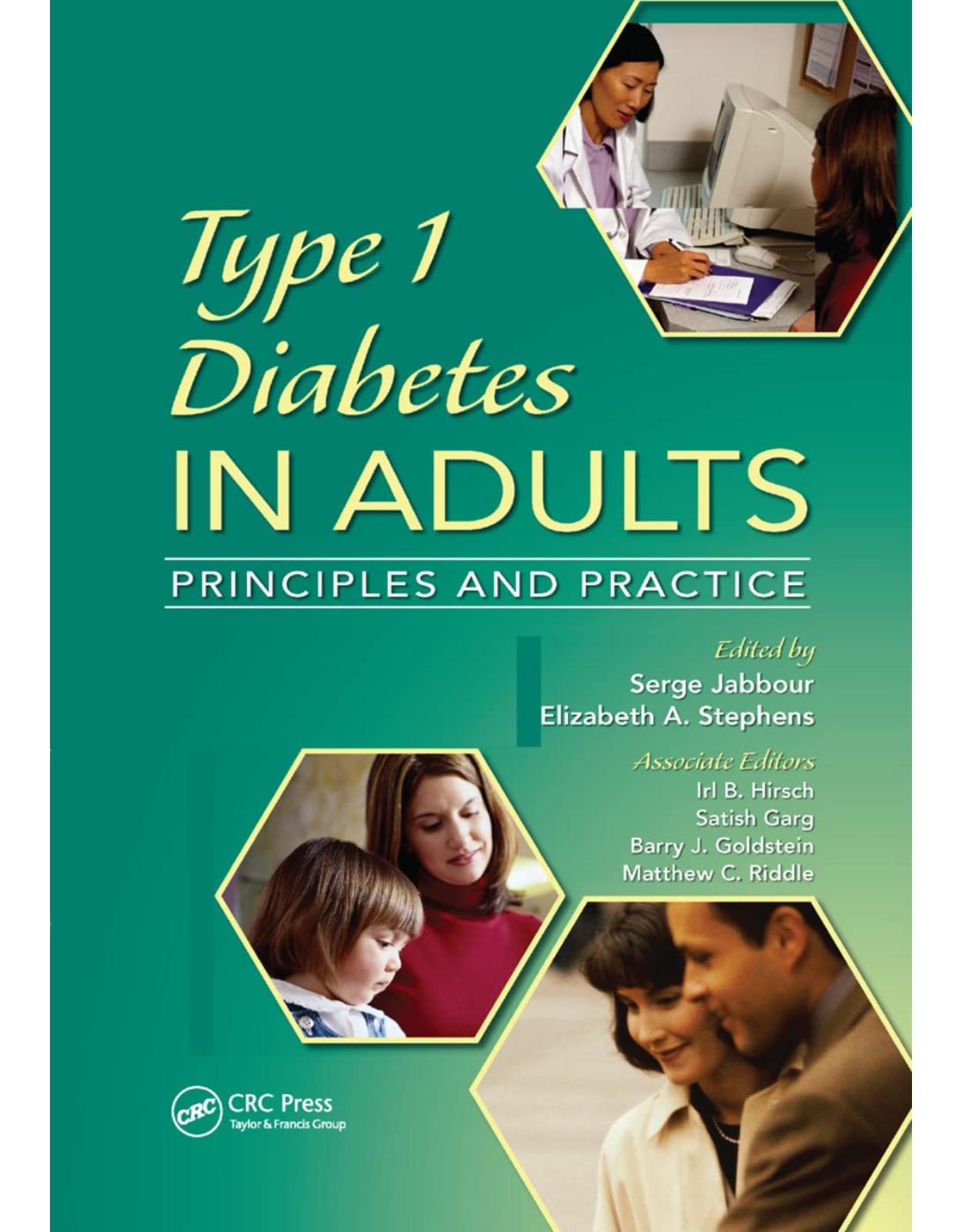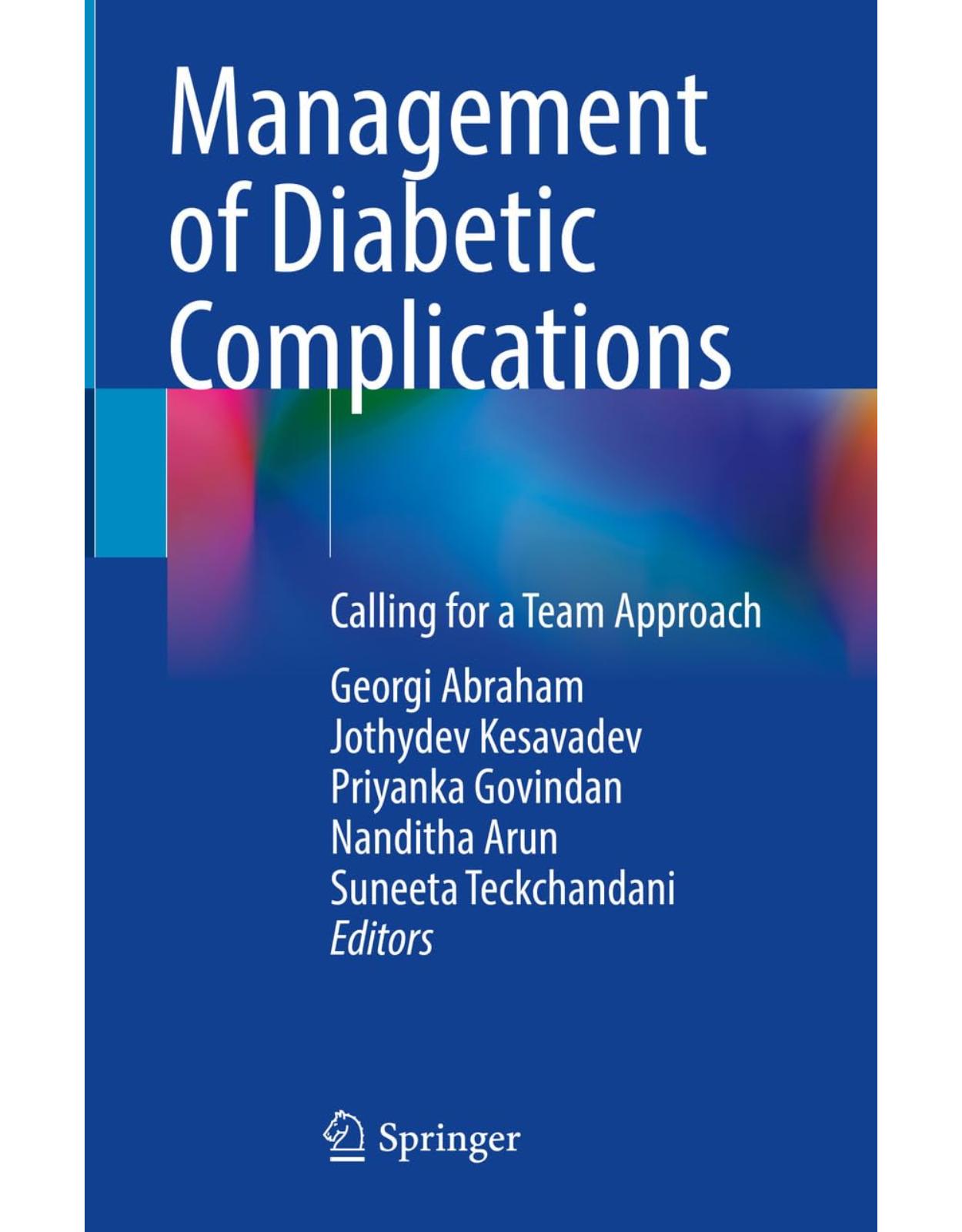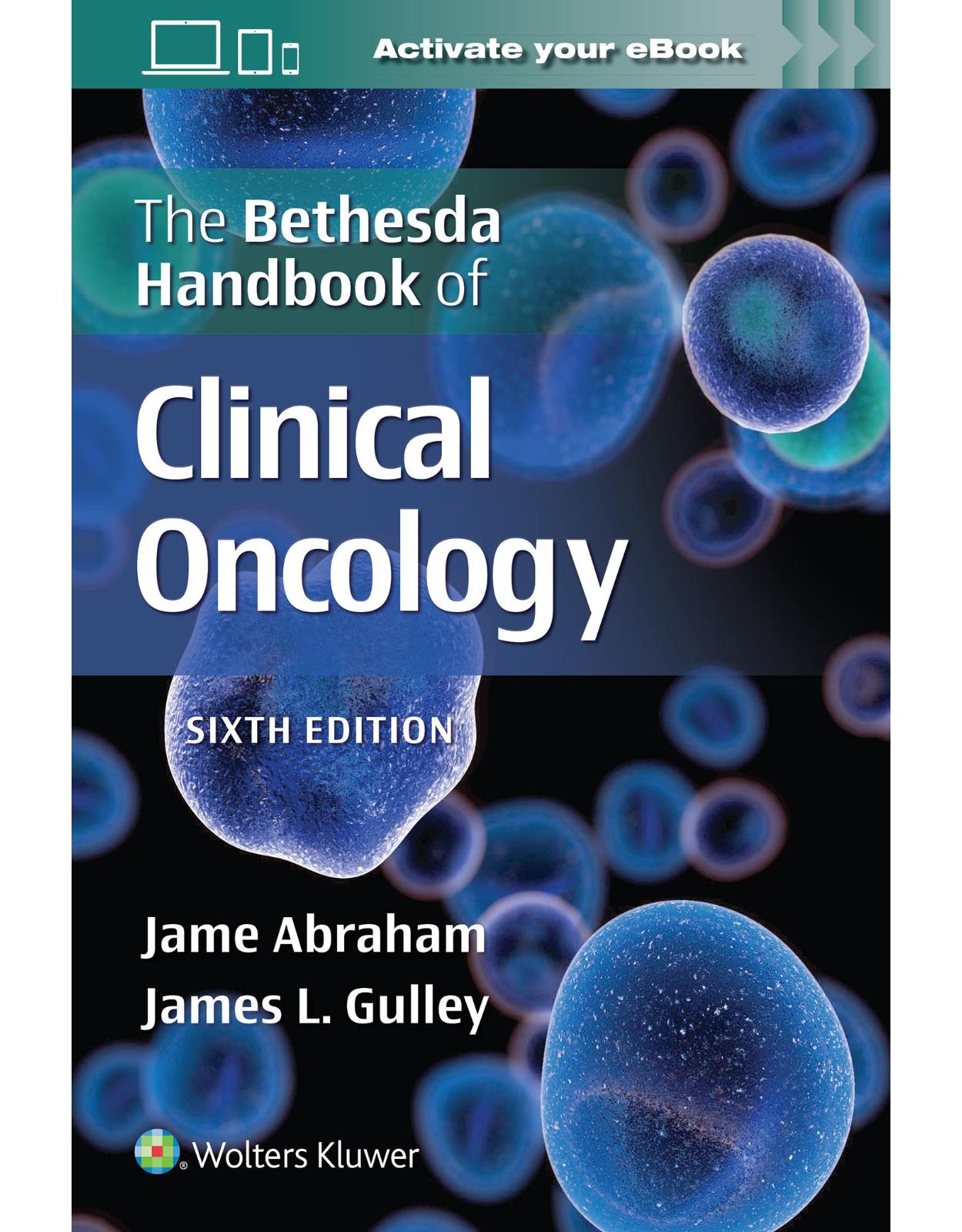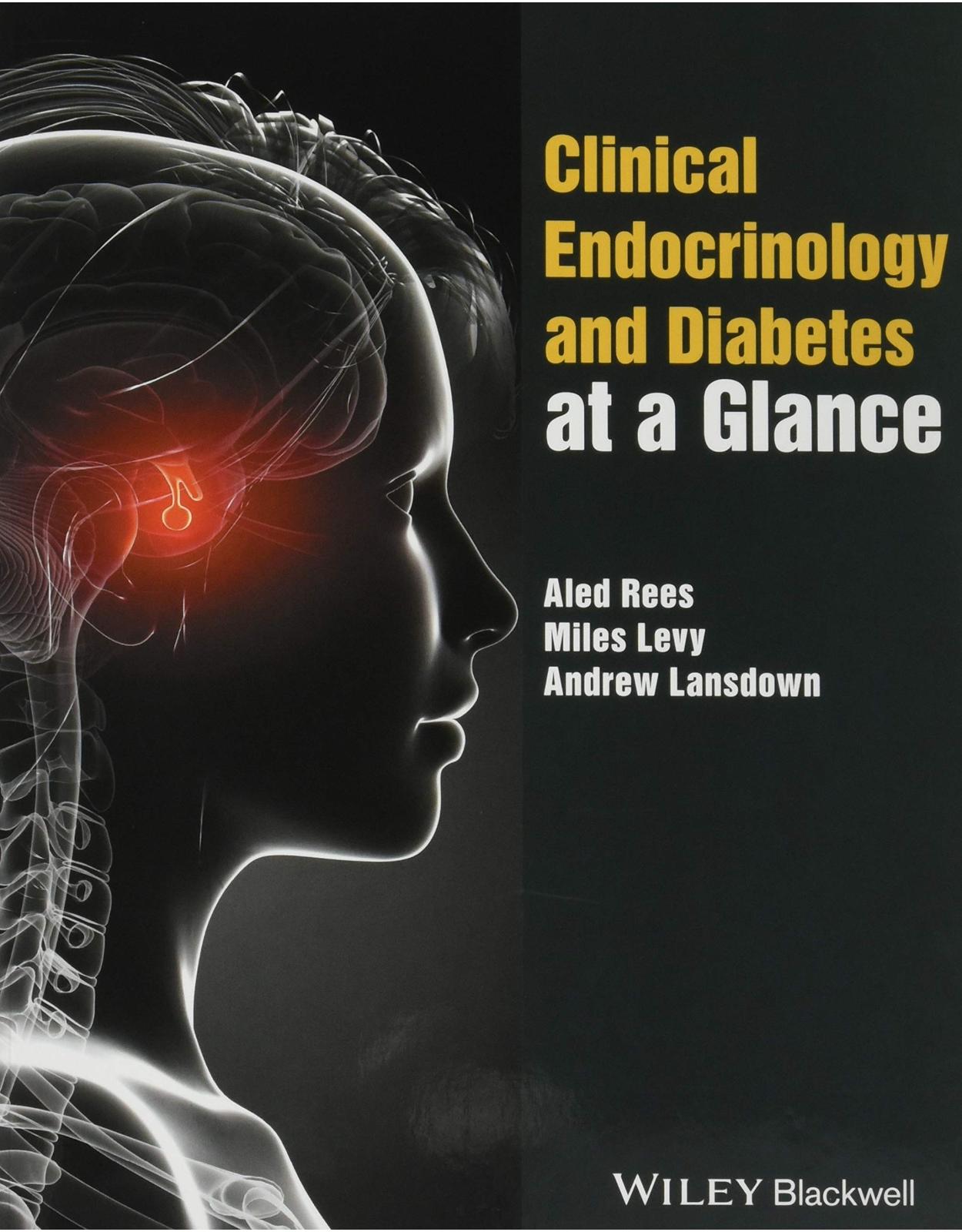
Clinical Endocrinology and Diabetes at a Glance
Livrare gratis la comenzi peste 500 RON. Pentru celelalte comenzi livrarea este 20 RON.
Disponibilitate: La comanda in aproximativ 4 saptamani
Editura: Wiley
Limba: Engleza
Nr. pagini: 158
Coperta: Paperback
Dimensiuni: 21.08 x 1.02 x 27.18 cm
An aparitie: 17 April 2017
Description:
Recognising a need to promote and enhance teaching of clinical endocrinology and diabetes in UK medical schools, the Society for Endocrinology, in collaboration with Diabetes UK and the Association of British Clinical Diabetologists, created a national curriculum that sets out the minimum recommended standards for undergraduate medical education.
Clinical Endocrinology and Diabetes at a Glance corresponds to the curriculum and covers all important areas of diabetes and endocrinology in a clinically relevant and concise manner, with complementary figures to ensure principles are explained clearly. It highlights key practical skills for undergraduates in line with the GMC recommendations that medical graduates should be well prepared for their Foundation posts. There is also emphasis on the importance of multidisciplinary teams in the management of endocrine diseases and diabetes. These include sections on structured education programmes, psychosocial aspects, and patient self-management and monitoring.
Clinical Endocrinology and Diabetes at a Glance will serve as a valuable resource for medical students and junior doctors treating patients with these conditions.
Table of Contents:
Part 1: Introduction
1: Introduction to endocrinology
Synthesis, release and transport
Mechanisms of hormone action
Control and feedback
Patterns of hormone secretion
Measurement of hormones
Dynamic endocrine tests
Part 2: Disorders of the hypothalamic–pituitary axis
2: The hypothalamic–pituitary axis and its assessment
Physiology
Assessment of the pituitary gland
Imaging
3: Acromegaly
Clinical features
Investigation
Management
4: Cushing’s syndrome
Clinical features
Investigation
Differential diagnosis
Management
Follow-up and monitoring
5: Hypopituitarism and non-functioning pituitary adenomas
Non-functioning pituitary adenomas
Hypopituitarism
6: Prolactinoma and hyperprolactinaemia
Hyperprolactinaemia
Prolactinoma
Pituitary incidentaloma
Part 3: Disorders of thirst and fluid balance
7: Hypernatraemia and diabetes insipidus
Posterior pituitary function and sodium homeostasis
Hypernatraemia
Diabetes insipidus
Acute severe hypernatraemia
8: Hyponatraemia and SIADH
Hyponatraemia
Syndrome of inappropriate ADH
Acute severe hyponatraemia
Part 4: Thyroid disorders
9: Thyroid function
Anatomy
Physiology
Actions of thyroid hormones
Interpreting thyroid function tests
Primary and secondary hypothyroidism
Hyperthyroidism
Factors affecting thyroid results
10: Hyperthyroidism: clinical presentation and investigation
Causes
Clinical presentation
Investigation
11: Hyperthyroidism: management and ophthalmopathy
Medical treatment
Definitive treatments
Thyroid ophthalmopathy
12: Hyperthyroidism: special circumstances
Hyperthyroidism and pregnancy
Subclinical hyperthyroidism
Elevated fT4 with unsuppressed TSH
Assay interference
TSHoma and thyroid hormone resistance
13: Hypothyroidism
Causes
Clinical features
Investigations
Treatment
Subclinical hypothyroidism
Hypothyroidism and pregnancy
Polyglandular autoimmune disease
14: Goitre, thyroid nodules and cancer
Goitre
Multinodular goitre
Solitary thyroid nodule
Thyroid cancer
Management of differentiated thyroid cancer
Part 5: Disorders of calcium homeostasis
15: Physiology of calcium, PTH and vitamin D metabolism
Parathyroid hormone
Vitamin D
Vitamin D deficiency
16: Hypercalcaemia
Hypercalcaemia with suppressed PTH
Hypercalcaemia with non-suppressed PTH
Acute severe hypercalcaemia
17: Hypocalcaemia
Causes
Clinical features
Investigation
Treatment
Pseudo-hypoparathyroidism
18: Osteoporosis
Causes
Clinical features
Investigation
Assessing fracture risk
Treatment
Part 6: Disorders of the adrenal gland
19: Steroid physiology and biochemical assessment
Steroid synthesis
Glucocorticoids
Adrenal androgens
Mineralocorticoids
Biochemical assessment of the adrenal axis
20: Adrenal insufficiency
Primary adrenal insufficiency
Secondary adrenal insufficiency
Steroid-induced hypoadrenalism
21: Adrenocortical tumours
Adrenal Cushing’s syndrome
Primary hyperaldosteronism
Adrenal incidentalomas
22: Disorders of the adrenal medulla
Phaeochromocytoma and paraganglioma
Part 7: Disorders of the reproductive system
23: Physiology of the reproductive system
Physiology of female reproduction
Physiology of male reproduction
24: Growth, puberty and sexual differentiation
Normal growth
Normal puberty
Short stature
Precocious puberty
Delayed puberty
Sexual differentiation
Transition of young people into the adult service
25: Menstrual disturbance
Definition
Causes
Assessment
Treatment
Premature ovarian failure
Turner’s syndrome
26: Hyperandrogenism
Hirsutism
Polycystic ovary syndrome
Congenital adrenal hyperplasia
27: Menopause and HRT
Definition
Clinical presentation
Assessment
Treatment
Long-term risks and benefits
Pre-menopausal oestrogen replacement
28: Male hypogonadism
Definition
Primary hypogonadism
Secondary hypogonadism
Late onset hypogonadism
Assessment
Treatment
29: Gynaecomastia
Definition
Causes
Assessment
Treatment
30: Infertility
Definition and aetiology
Evaluation of the infertile couple
Investigations
Management
Part 8: Neuroendocrine tumours
31: Neuroendocrine tumours
Definition
Aetiology
Symptoms and signs
Diagnosis
32: Neuroendocrine tumours: management
Treatment
Carcinoid heart disease
Prognosis
33: Inherited endocrine tumour syndromes
Multiple endocrine neoplasia type 1
Multiple endocrine neoplasia type 2
Carney complex
McCune–Albright syndrome
34: Spontaneous hypoglycaemia
Fasting hypoglycaemia
Postprandial hypoglycaemia
Assessment
Management
Part 9: Endocrine emergencies
35: Adrenal crisis
Clinical presentation
Management
36: Pituitary apoplexy
Clinical presentation
Management
37: Myxoedema coma
Clinical presentation
Management
38: Thyroid storm
Clinical presentation
Investigations
Management
39: Acute hyponatraemia
Clinical presentation
Management
40: Severe hypercalcaemia
Clinical presentation
Management
41: Acute hypocalcaemia
Clinical presentation
Management
Part 10: Diabetes mellitus
42: Overview
History
Landmark studies
Advances in care
Diabetes support organisations
Awareness
43: Diagnosis and monitoring
Diagnosis of diabetes
Oral glucose tolerance test
Impaired fasting glycaemia and impaired glucose tolerance
Screening
Monitoring diabetes
44: Classification
Type 1 diabetes
Type 2 diabetes
Maturity-onset diabetes of the young
Other genetic defects in β-cell function
Genetic defects in insulin action
Pancreatic diseases
Endocrine disorders
Drugs
Gestational diabetes
Other associations with diabetes
45: Type 1 diabetes: aetiology and clinical presentation
Aetiology
Pathophysiology
Clinical presentation
46: Type 1 diabetes: insulin and other therapies
Lifestyle
Insulin
Continuous subcutaneous insulin infusion
Pancreatic transplantation
The artificial pancreas
Immunotherapy
47: Type 2 diabetes: aetiology and clinical presentation
Aetiology
Pathophysiology
Clinical presentation
48: Type 2 diabetes: treatment
Diet and exercise
Metformin
Sulphonylureas
Meglitinides
Acarbose
Glitazones
DPP-4 inhibitors
GLP-1 receptor agonists
SGLT-2 inhibitors
Insulin
49: Macrovascular complications
Epidemiology
Aetiology
Clinical presentation
Management
50: Microvascular complications
Background
Aetiology
Neuropathy
Nephropathy
Retinopathy
51: Diabetic foot disease
Epidemiology
Aetiology
Clinical presentation
Management
Prognosis
52: Diabetic ketoacidosis
Definition and epidemiology
Aetiology
Symptoms and signs
Investigations
Management
Prognosis
53: Hyperglycaemic hyperosmolar state
Definition and epidemiology
Aetiology
Symptoms and signs
Investigations
Management
Prognosis
54: Hypoglycaemia
Definition and epidemiology
Aetiology
Symptoms and signs
Investigations
Management
Prognosis
55: Peri-operative management
Pathophysiological factors
Pre-operative management
Intra-operative management
Postoperative management
56: Management of acute illness
Aims of management
Monitoring
Drug management
Calorie and fluid intake
Special groups for consideration
57: Insulin infusions
Variable-rate intravenous insulin infusion
Fixed-rate intravenous insulin infusion
58: Pregnancy and diabetes
Epidemiology
Pathophysiology
Complications
Pre-conception care
Screening for GDM
Antenatal care
Peri- and postnatal care
Postnatal diabetes screening
59: Genetics of diabetes
Type 1 diabetes
Type 2 diabetes
Maturity onset diabetes of the young
Mitochondrial diabetes
Neonatal diabetes
Monogenic disorders of insulin resistance
60: The multidisciplinary team
Diagnosis and surveillance
Life stages
Disease stages
Setting
61: Lipid disorders
Primary hyperlipidaemias
Secondary hyperlipidaemias
62: Appetite and weight
Central regulation
Gut regulation
Long-term regulation
Clinical assessment
63: Obesity and anorexia
Obesity
Anorexia
Index
EULA
| An aparitie | 17 April 2017 |
| Autor | Aled Rees , Miles Levy (Author), Andrew Lansdown |
| Dimensiuni | 21.08 x 1.02 x 27.18 cm |
| Editura | Wiley |
| Format | Paperback |
| ISBN | 9781119128717 |
| Limba | Engleza |
| Nr pag | 158 |
-
1,07200 lei 1,00400 lei


